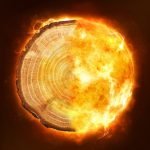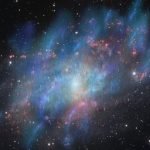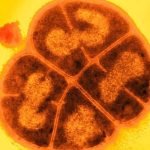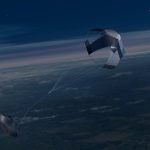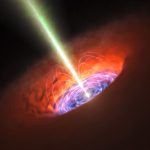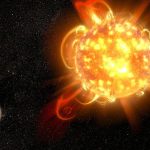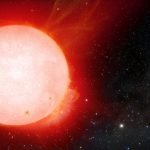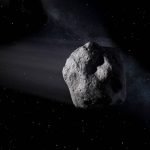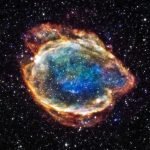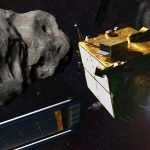Tree rings reveal devastating radiation storms
A new study has shed new light on a mysterious, unpredictable and potentially devastating kind of astrophysical event.
A team led by Dr Benjamin Pope...
Astronomers discover cosmic rays driving galaxy’s winds
Astronomers have discovered an important new clue about how galaxies put the brakes on vigorous episodes of star formation.
Ancient bacteria might lurk beneath Mars’ surface, shows study
New study finds the chances of uncovering life on Mars are better than previously expected
When Mars’ first samples return to Earth, scientists should be...
This asteroid was once a comet that lost its tail
An analysis of rock scooped directly from the surface of an asteroid by a Japanese spacecraft suggests that it was once a comet that...
A black hole is hurling a jet of material at its neighboring galaxy
It’s been a banner time for black hole research!
In recent months, astrophysicists have announced the discovery of the most powerful gamma-ray burst ever recorded...
A nearby star has completely blasted away the atmosphere from its planet
What if you placed an Earth-sized planet in a close orbit around an M-dwarf star?
It’s more than an academic question since M dwarfs are...
Scientists discover an unusual Jupiter-like planet orbiting a cool red dwarf star
This Jupiter-like Planet is the lowest-density gas giant ever detected around a red dwarf
Astronomers using the WIYN 3.5-meter Telescope at Kitt Peak National Observatory...
Scientists find potential source of shock-darkened meteorites
Planetary scientists have identified a potential source of shock-darkened meteorites.
When the Chelyabinsk fireball exploded across Russian skies in 2013, it littered Earth with a...
Scientists conduct the most precise accounting yet of dark energy and dark matter
Astrophysicists have performed a powerful new analysis that places the most precise limits yet on the composition and evolution of the universe.
With this analysis,...
Scientists find new way to decode asteroid’s interior structure
Astronomers have found a way to determine an asteroid’s interior structure based on how its spin changes during a close encounter with Earth.
NASA hit...

